 What do you do when your child wants to quit?
What do you do when your child wants to quit?
Imagine that your 9-year-old daughter greets you with a look of dread when you pick her up from swim practice. Her coach wants her to swim the 100-meter breaststroke in the upcoming meet.
In tears, she says, “Please, Mom. Please help me. I’m still going to be swimming when the other girls are getting out of the pool and the next heat is getting on the blocks. I’m really that slow.”
How can you provide emotional support while still encouraging her to not give up too easily? How do you even know whether she’s up for such a challenge?
Can you let go of control and trust her to make a good decision?
This is the real-life dilemma Brené Brown faced in her book Daring Greatly.
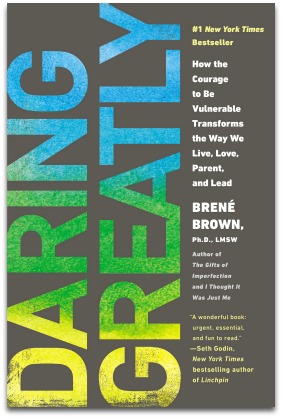 Her heart ached for her daughter. She desperately wanted to spare her the possible humiliation. She also wanted her daughter to learn that her worthiness does not depend on winning or losing, and that both her parents would stand by her, no matter what. She came up with one of the most compassionate, courageous solutions I could have imagined.
Her heart ached for her daughter. She desperately wanted to spare her the possible humiliation. She also wanted her daughter to learn that her worthiness does not depend on winning or losing, and that both her parents would stand by her, no matter what. She came up with one of the most compassionate, courageous solutions I could have imagined.
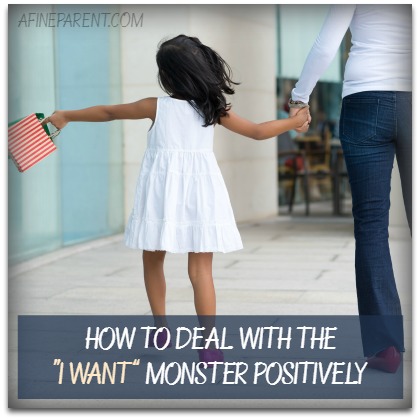 I hate shopping with my children.
I hate shopping with my children.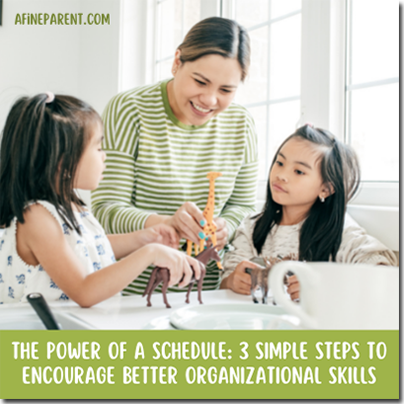 Coming home from work at six in the evening, I stared in dismay as I stepped into my daughter’s room. Her school books lay untouched and her room looked as though a cyclone had recently touched base.
Coming home from work at six in the evening, I stared in dismay as I stepped into my daughter’s room. Her school books lay untouched and her room looked as though a cyclone had recently touched base. 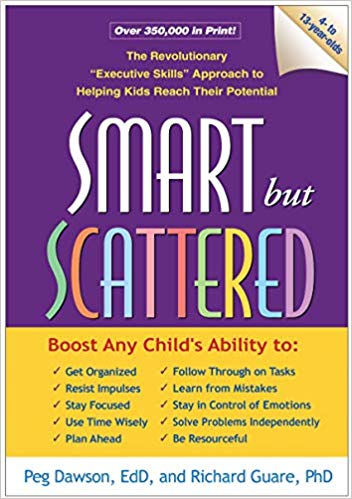
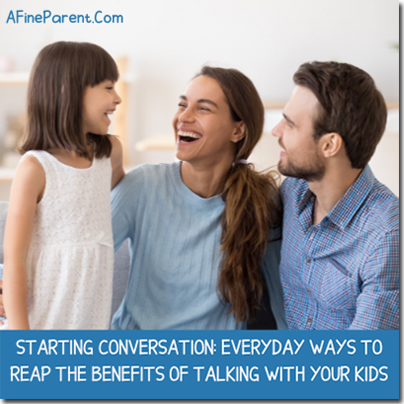 How was your day?
How was your day? 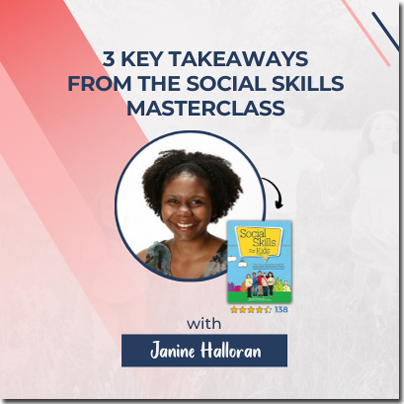 If you’ve been following along with the past few weeks of mini-series articles to prepare for the 2022
If you’ve been following along with the past few weeks of mini-series articles to prepare for the 2022